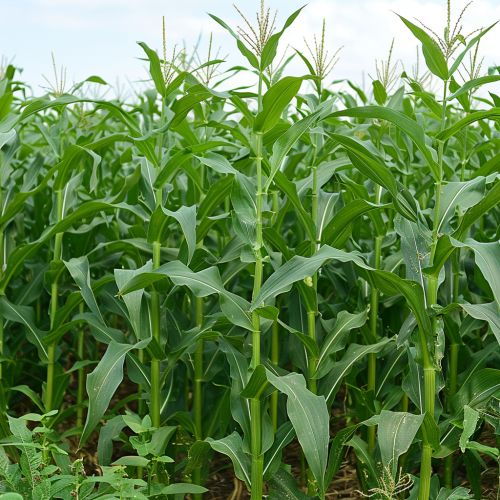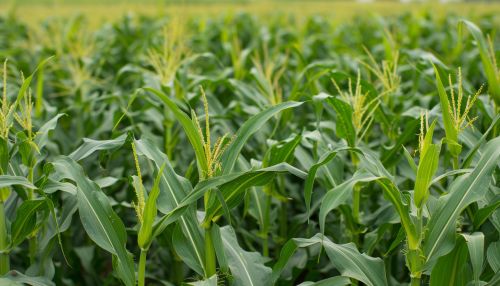Heterosis
Introduction
Heterosis, also known as hybrid vigor or outbreeding enhancement, refers to the phenomenon where the offspring of two genetically distinct individuals exhibit superior biological qualities compared to their parents. This enhancement can manifest in various traits, including growth rate, fertility, yield, and resistance to diseases and environmental stresses. The concept of heterosis is widely utilized in agriculture, animal breeding, and plant breeding to improve the performance and productivity of crops and livestock.
Historical Background
The concept of heterosis was first observed and documented in the early 20th century by scientists such as Gregor Mendel and Charles Darwin. However, it was George H. Shull and Edward M. East who formally introduced the term "heterosis" in 1908. Their pioneering work laid the foundation for the scientific understanding and practical application of hybrid vigor in breeding programs.
Genetic Basis of Heterosis
The genetic mechanisms underlying heterosis are complex and not fully understood. Several hypotheses have been proposed to explain the phenomenon, including:
Dominance Hypothesis
The dominance hypothesis suggests that heterosis results from the masking of deleterious recessive alleles by dominant alleles in the hybrid offspring. This leads to the expression of favorable traits and improved overall performance.
Overdominance Hypothesis
The overdominance hypothesis posits that heterosis arises when heterozygous individuals at certain loci exhibit superior traits compared to both homozygous parents. This phenomenon is also known as heterozygote advantage.
Epistasis
Epistasis refers to the interaction between different genes at multiple loci. The epistatic interactions can lead to enhanced performance in hybrid offspring by creating novel genetic combinations that are not present in the parental lines.
Applications in Agriculture
Heterosis has been extensively exploited in agriculture to enhance crop yield, quality, and resistance to biotic and abiotic stresses. Some notable applications include:
Hybrid Crops
Hybrid crops, such as maize (corn), rice, and sorghum, are developed by crossing two genetically distinct inbred lines. The resulting hybrid seeds exhibit improved vigor, higher yield, and better adaptability to environmental conditions.


Animal Breeding
In animal breeding, heterosis is utilized to improve traits such as growth rate, fertility, and disease resistance. Crossbreeding programs in livestock, such as cattle, pigs, and poultry, have led to significant improvements in meat and milk production.
Molecular Mechanisms
Advancements in molecular biology and genomics have provided insights into the molecular mechanisms underlying heterosis. Some key areas of research include:
Gene Expression
Studies have shown that hybrid offspring often exhibit altered gene expression patterns compared to their parents. This differential gene expression can contribute to the enhanced traits observed in hybrids.
Epigenetics
Epigenetic modifications, such as DNA methylation and histone modification, play a crucial role in regulating gene expression. Epigenetic changes in hybrid offspring can lead to the activation or repression of specific genes, contributing to heterosis.
Metabolomics
Metabolomics, the study of small molecules (metabolites) in biological systems, has revealed that hybrid offspring often have unique metabolic profiles. These metabolic changes can enhance physiological processes and improve overall performance.
Challenges and Future Directions
Despite the widespread use of heterosis in breeding programs, several challenges remain. These include:
Genetic Diversity
Maintaining genetic diversity in breeding populations is essential to sustain heterosis. Over-reliance on a limited number of parental lines can lead to reduced genetic variability and increased susceptibility to diseases and environmental changes.
Environmental Interactions
The expression of heterosis can be influenced by environmental factors. Understanding the interaction between genetic and environmental factors is crucial for optimizing the performance of hybrid offspring.
Genomic Selection
Advancements in genomic selection techniques hold promise for improving the efficiency of breeding programs. By identifying genetic markers associated with heterosis, breeders can make more informed decisions and accelerate the development of superior hybrids.
